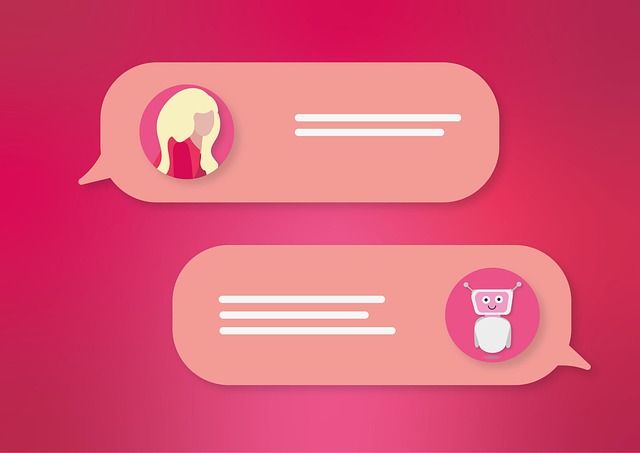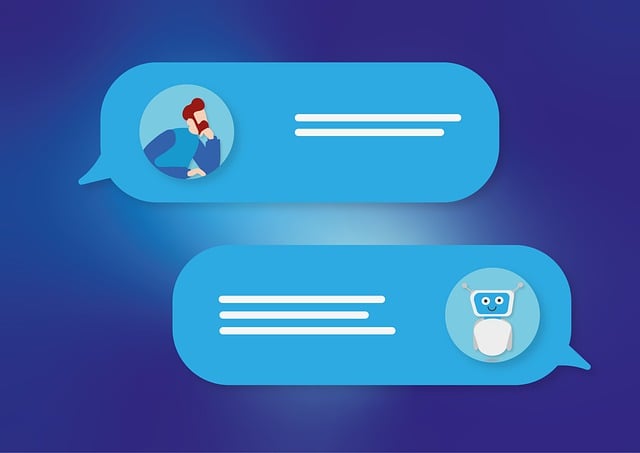AI chatbots online have revolutionized customer service across industries through natural language processing (NLP), offering personalized assistance and improving responses over time. Building them involves selecting technology like Dialogflow, Rasa, or open-source frameworks, designing effective conversation flows to guide users naturally, and rigorous training with diverse data for accurate interactions. Continuous testing ensures ongoing improvements, making AI chatbots online increasingly helpful and user-friendly in the digital era.
Creating an AI Chatbot has become a game-changer for businesses aiming to enhance customer engagement. This comprehensive guide navigates the process from fundamentals to deployment, empowering you to develop effective conversational AI. We explore the core concepts of AI chatbots, recommend suitable technology and tools, outline best practices for conversation design, and provide detailed steps for training, testing, and launching your chatbot into the online realm.
- Understanding AI Chatbot Fundamentals
- Choosing the Right Technology and Tools
- Designing Effective Conversation Flows
- Training, Testing, and Deploying Your Chatbot
Understanding AI Chatbot Fundamentals

AI chatbots have become ubiquitous in our online interactions, revolutionizing customer service and enhancing user experiences across various industries. Understanding their fundamentals is crucial for anyone looking to create an effective AI chatbot. At its core, an AI chatbot is a software application designed to simulate human conversation through natural language processing (NLP). These chatbots use algorithms and machine learning models to interpret user inputs, generate responses, and learn from each interaction, improving over time.
The development process involves training the chatbot on vast datasets, teaching it to recognize patterns and context in user queries. This involves preprocessing text data, training models using techniques like rule-based systems, decision trees, or neural networks, and refining performance through continuous testing and iteration. Once trained, the AI chatbot can engage in dynamic conversations, providing personalized assistance and information to users across different platforms, be it a website, messaging app, or voice assistant.
Choosing the Right Technology and Tools

When creating an AI chatbot, selecting the appropriate technology and tools is a pivotal first step. The market abounds with options, from robust commercial platforms to open-source frameworks. For instance, popular choices like Dialogflow, IBM Watson, and Microsoft Bot Framework offer user-friendly interfaces and advanced natural language processing capabilities. These platforms cater to developers of all skill levels, providing pre-built templates and customisable features for tailoring your chatbot’s personality and functionality.
Moreover, leveraging existing ai chatbots online can provide valuable insights into best practices and available features. Open-source projects like Rasa allow for greater flexibility and personalisation, appealing to advanced developers seeking to build something unique. Ultimately, the choice depends on project requirements, development expertise, and desired integration with existing systems.
Designing Effective Conversation Flows

Designing effective conversation flows is a key aspect of building successful AI chatbots online. It involves planning and structuring how your chatbot will interact with users, ensuring natural and engaging conversations. A well-designed flow should consider various user intents and entities, mapping out potential paths a conversation might take. By doing so, you can create branching dialogues that adapt to different user inputs, making the chatbot more versatile and responsive.
For instance, an AI chatbot for a retail platform needs to handle diverse customer queries. It should start with basic greetings and understanding user preferences through open-ended questions. From there, it can guide users towards specific products or services based on their intents. Effective flows also incorporate fallbacks and error handling, ensuring the chatbot remains helpful even when it doesn’t understand a user’s input. This iterative design process allows for continuous improvement, making your AI chatbots online more intelligent and user-friendly over time.
Training, Testing, and Deploying Your Chatbot

Once your AI chatbot is developed, it’s crucial to undergo a rigorous training process. This involves feeding the chatbot a diverse range of data, including common user queries and potential responses. Machine learning algorithms analyze this data, enabling the chatbot to learn patterns and context, thereby improving its accuracy over time. The more varied and high-quality the training data, the better equipped your chatbot will be to handle different conversations with users.
After training comes testing, which is essential for fine-tuning the chatbot’s performance. This involves simulating various user scenarios and evaluating the chatbot’s responses. Testing helps identify areas where the chatbot may struggle or provide incorrect information. By iteratively refining its training data and algorithms based on test results, you can ensure your AI chatbot delivers accurate and helpful interactions with users online. Effective testing ultimately contributes to a seamless user experience when deploying your chatbot for public use.
Creating an AI chatbot involves understanding fundamental concepts, selecting suitable technology, designing engaging conversation flows, and rigorously training, testing, and deploying. By leveraging these steps, you can bring your own intelligent virtual assistant to life, enhancing user experiences across various industries and ensuring top-notch interactions in the realm of ai chatbots online.
